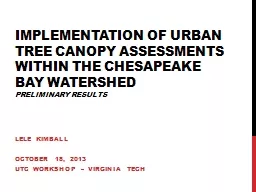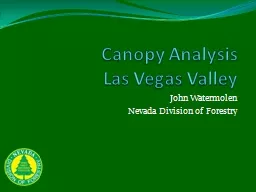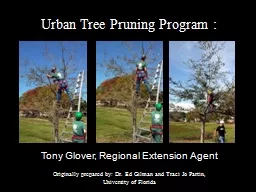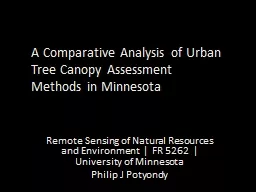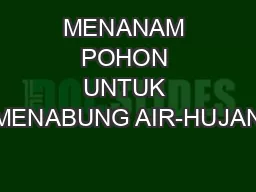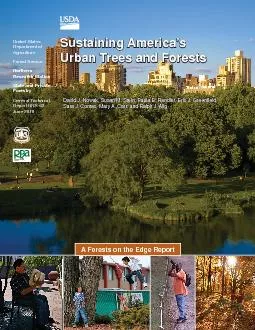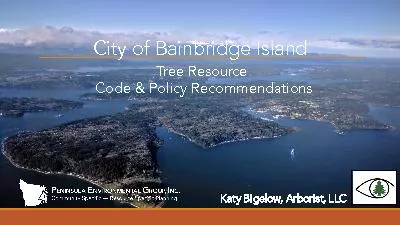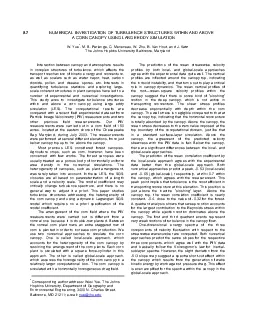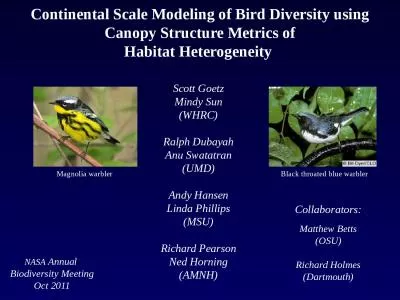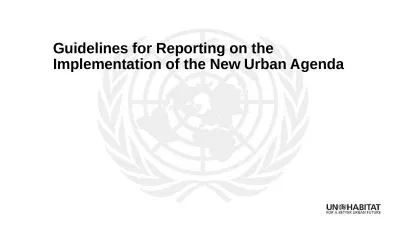PPT-Implementation of Urban Tree Canopy Assessments within the
Author : cheryl-pisano | Published Date : 2016-05-25
Watershed Preliminary Results Lele Kimball October 18 2013 UTC Workshop Virginia Tech Urban Tree Canopy Economic Benefits Social Benefits Environmental Benefits
Presentation Embed Code
Download Presentation
Download Presentation The PPT/PDF document "Implementation of Urban Tree Canopy Asse..." is the property of its rightful owner. Permission is granted to download and print the materials on this website for personal, non-commercial use only, and to display it on your personal computer provided you do not modify the materials and that you retain all copyright notices contained in the materials. By downloading content from our website, you accept the terms of this agreement.
Implementation of Urban Tree Canopy Assessments within the: Transcript
Download Rules Of Document
"Implementation of Urban Tree Canopy Assessments within the"The content belongs to its owner. You may download and print it for personal use, without modification, and keep all copyright notices. By downloading, you agree to these terms.
Related Documents

